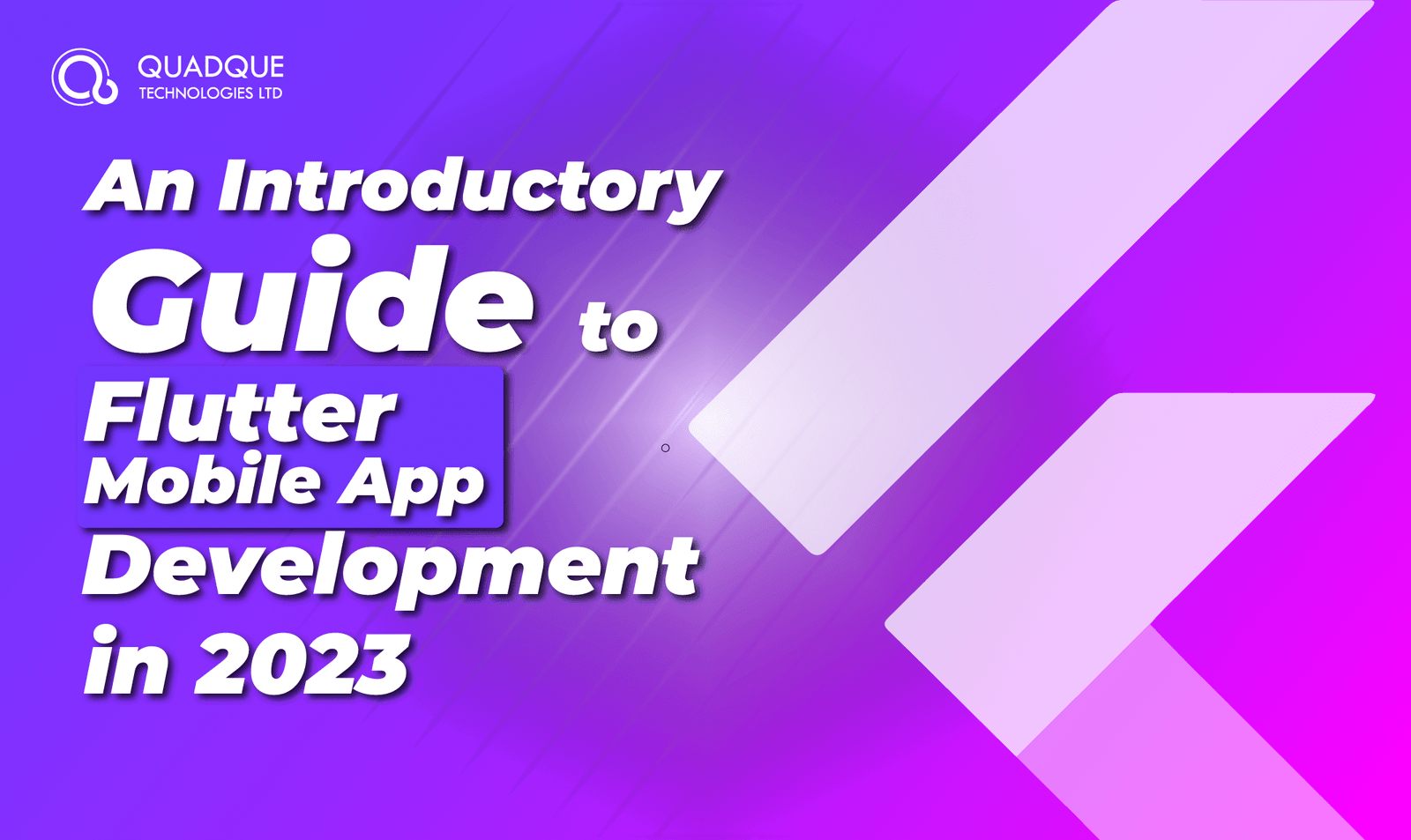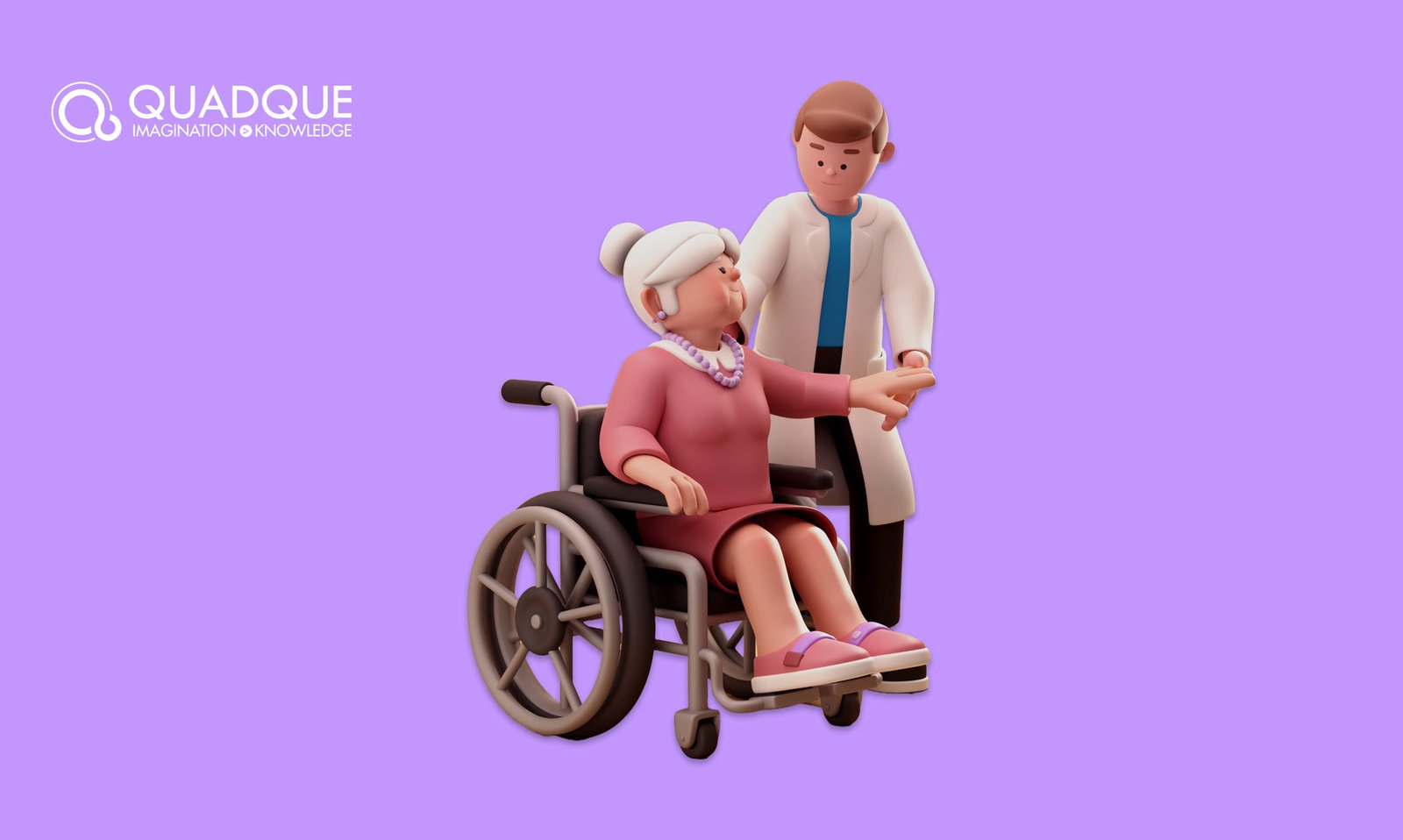
The complete developer’s guide to mobile app development
Flutter has become a popular platform for developing different types of mobile applications. We often receive many questions regarding Flutter. So today, we are going to present a guide on Flutter mobile app development. We will discuss the various steps to developing mobile apps on this platform. So let’s take a look!
A Guide to Flutter Mobile App Development
We have divided our guide into several sections so that you get a solid understanding of Flutter mobile app development. So let’s see how you can utilize this amazing platform for developing mobile apps.
1. Understanding the Basics of Flutter
Before advancing to advanced features, it’s essential to know the basics of Flutter. You should understand how to use various tools on this platform, such as the widgets. You also need to know how to set up a development environment. There are various advantages to using Flutter. So it’s a good idea to know about these benefits as well.
Summary:
Understand the key features and benefits of using Flutter. Understand tools like widgets and the building blocks of Flutter apps. Learn how to set up a development environment
2. Building Your First App
The next step is to create your first project in Flutter. In this step, you need to learn the basics of Flutter coding. It can be difficult for beginners. But there are thousands of online resources that you can use to learn coding. You should also master running and testing apps on emulators and mobile devices.
Summary:
Learn how to create a new project. Learn Flutter coding. Learn how to run and test apps on emulators or physical devices
3. Understanding Widgets
As mentioned before, widgets are an important part of Flutter mobile app development. Learn more about the different types of widgets and the common ways to use widgets during the development process. You should also have a clear understanding of stateless and stateful widgets.
Summary:
Learn about the types of Widgets. Understand the commonly used Widgets in Flutter. Understand the widget tree and parent-child relationship. Learn how to use stateless and stateful widgets
4. User Interface Development
User Interface or UI is a crucial aspect of any mobile application. Without proper UI, an app is bound to fail. So you should understand the layout system in Flutter. You can start by experimenting with containers, rows and columns. You can then focus on margins and borders and learn more about positioning widgets.
Summary:
Understand the layout system in Flutter. Learn how to use containers, rows and columns. Learn how to add padding, margins and borders. Learn about aligning and positioning widgets
5. Handling User Interactions
After learning about UI components, you can move on to handling user interactions. You should have a solid understanding of buttons and clickable widgets. Also, remember not to overlook topics such as gestures and events. You should be able to work comfortably with forms and text input fields at this point.
Summary:
Understand how gestures and events work. Learn how to use buttons and clickable widgets. Learn how to work with forms and text input fields
6. Navigating Between Screens
Navigability is an important component of any mobile app. It can have a significant impact on the user experience. So you should master important concepts such as routes and navigation stacks. You should also master the Navigator widget and learn how to implement navigation in Flutter.
Summary:
Understand routes and navigation stack. Learn how to use named routes and navigation with parameters. Learn how to navigate to new screens using the Navigator widget. Learn how to implement navigation using the BottomNavigationBar
7. Working with Data and APIs
Now, you can focus on working with data and APIs. Start by understanding the basics of data persistence. After this, you can learn how to connect to APIs and fetch data. You can also learn about handy tools such as Futures, async and await. Do not forget to know how to display data using lists and grids.
Summary:
Understand data persistence with shared preferences. Learn how to connect to APIs and fetch data. Learn how to use Futures, async, and await. Learn how to display data using lists and grids
8. Advanced Flutter Development
You can study more advanced topics to build more complex apps using Flutter. Some of the more advanced topics include streams and reactive programming. You can also try learning about Flutter libraries, packages, animations and transitions. This will help you create a very interactive app on this platform.
Summary:
Understand streams and reactive programming. Learn how to implement animations and transitions. Learn how to utilize Flutter packages and libraries. Learning about debugging and optimising Flutter apps
9. Deployment of the App
The final step is to deploy the app. Deploying an app on Android and iOS is not a very complicated process. You should also understand how app signing and distribution work. Make sure that you are aware of the app publishing method. The App Store and Google Play Store sometimes update their respective platforms. So it’s a good idea to stay up to date.
Summary:
Learn how to deploy the app to Android and iOS. Understand app signing and distribution Learn how to publish your app to the App Store and Google Play
Conclusion
So there you have it. These are the key topics that you can study for the next step in your Flutter journey. We highly suggest studying a large variety of resources for further learning and improvement. There are hundreds of good online resources on this topic. With adequate patience, you can become skilled in this field very quickly.
Recent Posts
- Sustainable Graphic Design for 2024 and Beyond
- Profit Power: Maximizing Revenue Growth with CRM Software
- Medical and Elderly Care in the UK: Strategies for Sustainable Growth
- Securing Educational Excellence: IT Support for the Digital Era
- Tech Transformation: The Untold Story of Bangladesh’s Innovation Hub
Recent Comments
Latest Post
Categories
- AI
- Biometric
- Blockchain
- Cloud Computing
- CRM
- custom software
- Cybersecurity
- Data Analysis
- Datacenter Management
- Designer
- Digital Marketing
- Education
- health care
- Informative
- ISP Management
- IT Procurement
- IT Recruitment
- IT Support
- Mobile App
- Network Management
- Robotics Landscape
- SAP ERP
- SEO
- Structured Cabling
- Tech Australia
- Tech bangladesh
- Technology
- tourism
- Uncategorized
- Web Development


